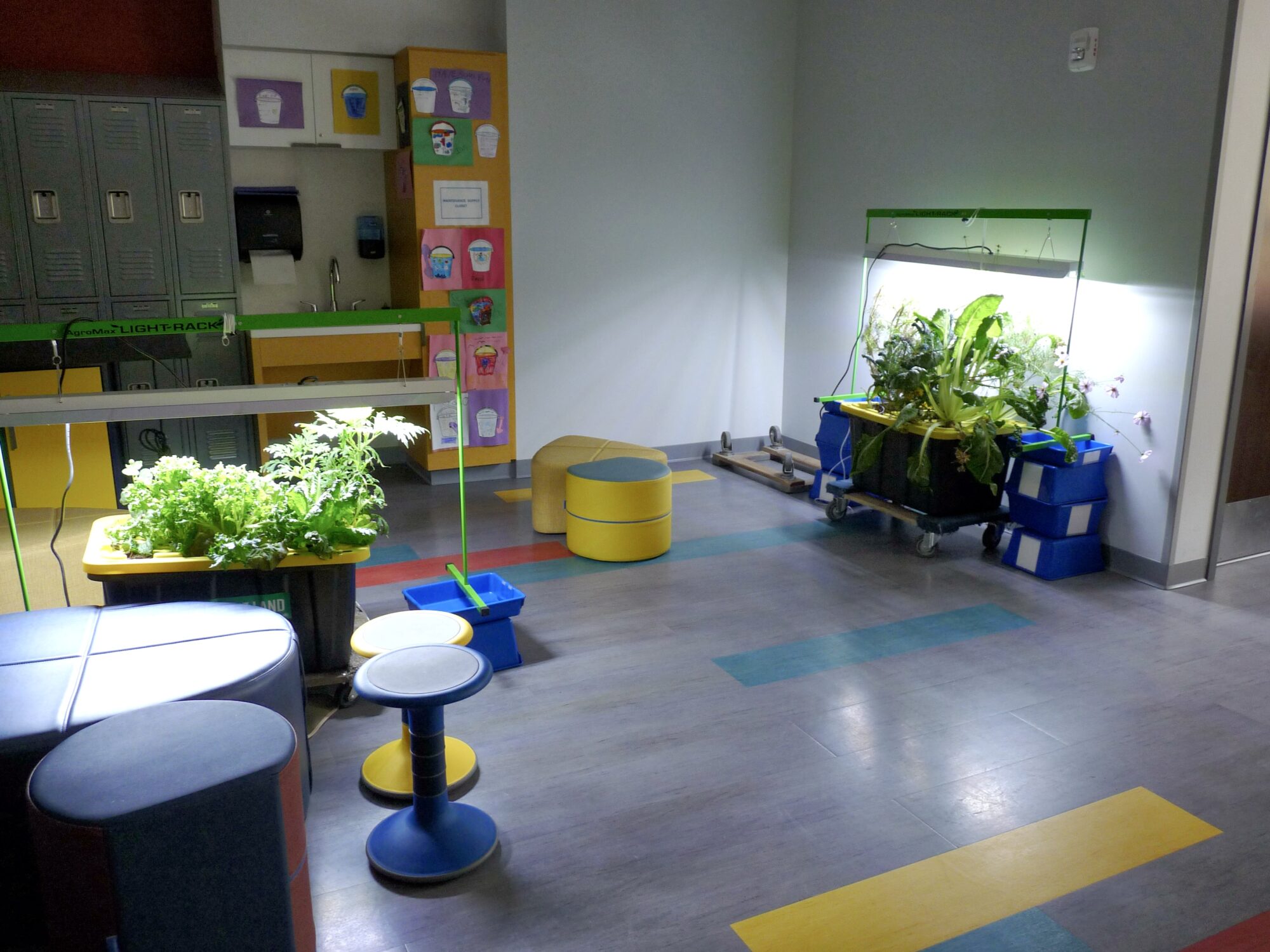Buffers in Bridgeport Are Connecting Communities to the Environment
By: Maya Ray, 2024 Long Island Sound Study Intern
Over the next year, the Aspetuck Land Trust, with $236,000 in support from the Long Island Sound Futures Fund, will plant 30 buffer plantings spanning over 6,300 square feet in Bridgeport, CT.
Bridgeport, the most populous city in the state, boasts 24 miles of Long Island Sound waterfront. However, extensive urban development has encroached on its natural wetlands, and the increase in paved surfaces has intensified stormwater runoff, leading to local flooding during heavy rainfall and storm surges. To address these issues, permanent vegetative buffers will be planted along the city’s waterways to prevent erosion, reduce flooding, and improve water quality. Buffers will feature native plants, such as goldenrod, juniper, and penstemon, which offer many advantages, including greater resilience and more biodiversity.
While buffers filter pollution from lands near waterways flowing to the Sound, they can also function as a tool for community outreach–providing an opportunity for individuals to join together and make Bridgeport greener.

“Your house is not going to stop flooding because you have these buffers… but if everyone does it, you get to inch together,” said Reggy Saint Fortcolin, conservation manager for the Aspetuck Land Trust. “Building a community around green consciousness is more the aim, with buffers being the bridge. If everyone implements a little bit more green, it works.”
Bridgeport has the least amount of tree canopy in Connecticut at 17-19 percent, according to Saint Fortcolin. But the buffer project will increase the amount of natural cover by up to 5 percent.
Twenty of the buffers will be located in community neighborhoods, while the remaining ten will be planted near restaurants and construction areas. Saint Fortcolin hopes the effort will inspire residents to do their part in protecting the environment of Bridgeport and Long Island Sound. Increasing environmental literacy and changing behaviors on a local scale is what keeps the project’s momentum strong.
“My job is about taking all the anxiety out,” said Saint Fortcolin. “My job is not to create more environmentalists. If you become a doctor, you put a community garden in your backyard. If you’re a plumber, we hope that you have some herbs on your windowsill. That’s our aim… We want this to be a part of your life.”
There are challenges, however, of meeting community needs while planning work in an urban space. According to Saint Fortcolin, getting people to engage with green spaces is the first step. Through participation in community events, the land trust is hoping to reach people of all occupations and ages.
“Education, conservation and community is what uplift people, but a lot of my conversations are about even getting them there,” said Saint Fortcolin.

One project partner is the Wakeman Boys and Girls club, where children participate in “Wildlife Wednesdays” that explore topics like water testing and hydro farming. In-person demonstrations of the buffers in action are helping students to understand the importance of taking care of the local environment. In the future, the land trust hopes to build on the momentum and relationships formed during the buffer project to expand its outreach.
“If three people in the neighborhood have flooding, and three people are working together, they make a little buffer connection and they’re like, hey, this is our little strip, we all connect,” said Saint Fortcolin.

